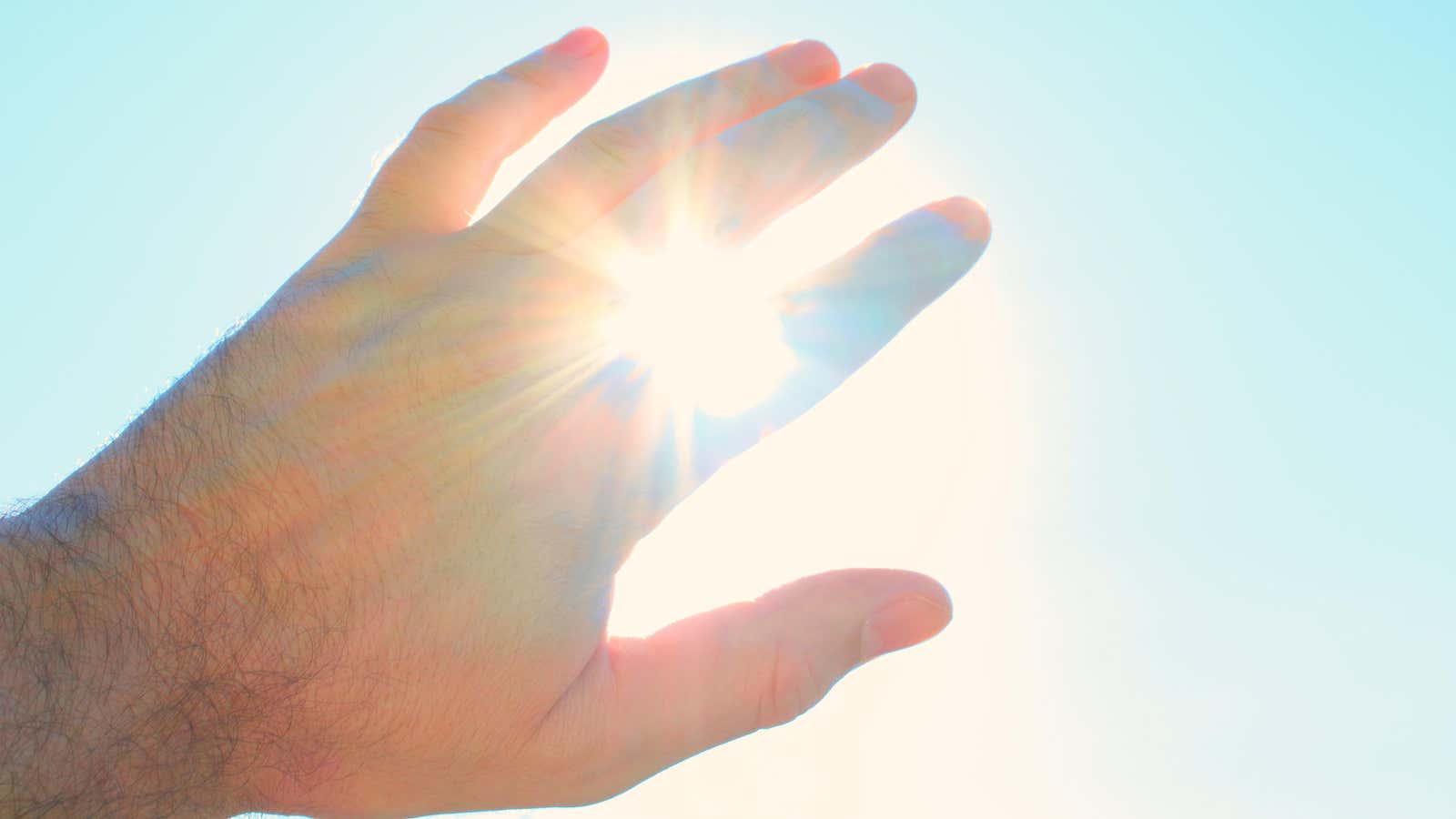Oh My Gosh, Your Eyes Might Burn in the Sun

The sun can harm many things, from your car to your skin . Did you know that even your eyes are susceptible to UV damage? They are. We don’t usually call this “eye sunburn”; we call it photokeratitis. But it’s actually the same thing, and that’s bad news. Here’s what it is and how to prevent it.
What is photokeratitis?
Photokeratitis, also known as ultraviolet keratitis, is an inflammation of the cornea that occurs after the eyes are overexposed to ultraviolet rays . Over time, excessive sun exposure can lead to the development of certain eye conditions, including cataracts, age-related macular degeneration, and eyelid cancer.
Even without these serious threats, the symptoms of photokeratitis are not enjoyable while they occur. You can expect anything from a “sandy feeling” such as sandy eyes, eye pain, headache, eyelid twitching, watery eyes, swelling, redness, blurred vision, and/or sensitivity to light. You may see “halos” around lights, have constricted pupils even in dim light, or even – in rare cases – experience temporary vision loss or color changes in your vision.
How is photokeratitis treated?
Luckily, as Healthline notes, acute symptoms usually go away after a day or two, so treatment is usually aimed at making you feel more comfortable the whole time. Pain relievers or antibiotic eye drops may be recommended. Remove contact lenses immediately to allow your eyes to relax and heal, do not rub your eyes, and use a cool compress to relieve pain. Also, be careful not to get anything in your eyes, be it salt water or cosmetics.
How to prevent photokeratitis
According to the American Academy of Ophthalmology , the risk of developing photokeratitis can be increased by the sun bouncing off sand, water, ice, and snow, so be aware that this isn’t just a daylight savings problem. It can also happen if you look directly at the sun without any special protection. Consider also artificial sources of ultraviolet radiation, such as solariums and arc welding devices.
You must wear proper eye protection to avoid photokeratitis. That’s why tanning salons give out those funny little goggles when you’re in a tanning bed (we don’t recommend it, by the way ), and why welders wear these helmets while they work.
If you plan to be outdoors a lot this summer, especially on the sand or in the water, you will need good sunglasses. Check the tag to make sure they block 99 to 100% of UVA and UVB rays . Look also for larger lenses to provide maximum protection, even at the expense of fashion—those tiny 2000s-era sunglasses have become popular again in recent years, but they don’t offer that coverage. And if fashion is really important to you—hell, even if it’s not—pick up a cute (or not cute, whatever) sunhat while you’re at it.